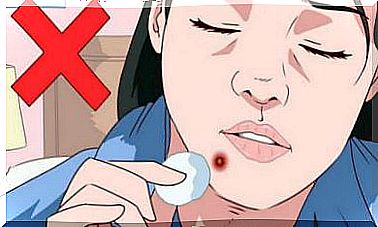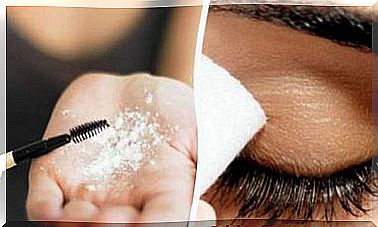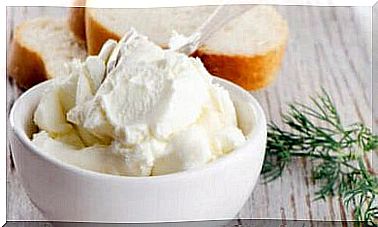Broken Ceramic That Will Make You Think: The Japanese Technique To Repair It
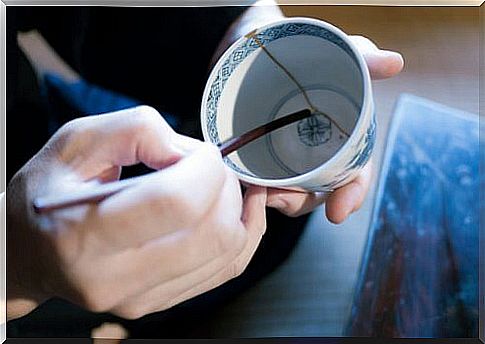
Broken pottery looks a lot like the disconnected fragments of our life. They are very difficult to put back together, because after the impact of disappointment, loss or betrayal, we all feel like a broken cup or plate.
Despite this, that shattered object can recover all its beauty if it is repaired in the right way. Most of us would fix that mug using the usual super strong glue.
Yet, the Japanese have long been practicing an art that, in addition to being a useful technique for saving ceramics, is a real philosophy from which we should all learn something.
Obviously, we are talking about the kintsukuroi , also called gold repair, an amazing technique thanks to which to create a new, more beautiful, stronger object and that reflects an aspect of psychology that we all know: resilience.
The art of repairing broken pottery
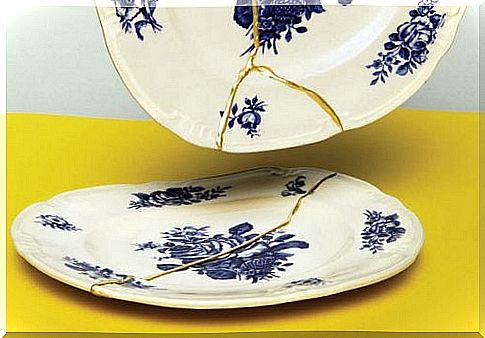
The breaking of an object tells a story. Perhaps that dish fell to the ground out of distraction, because our mind was elsewhere, far away, very far from reality. Perhaps that piece of our tea service broke during a meeting with friends, while we were laughing, while we were sharing a good moment of joy.
Each chipping of the porcelain represents a moment in our life. Throwing that object away is, without a doubt, useless. It would be like abandoning a wounded man, like refusing to heal a love wound.
All these are the arguments that we find in the Japanese philosophy of kintsukuroi, known throughout the world and appreciated by many. So let’s see some other interesting information about it.
The origins of kintsukuroi
To understand this very special technique, we must travel back in time to the 15th century, to the times of the Japanese shōguns. Ashikaga Yoshimasa was the shōgun who started this millennial tradition. After his favorite teacups broke, he decided to send them to China for repair.
After some time, the cups were returned to him with very evident metal clips that deprived the two ceramic objects of all their beauty.
The shōgun was certainly not happy with the result and asked some local artisans to repair the horrible damage. And they succeeded. They limited themselves to gluing the broken pieces with a gold paste, with which they managed to create different objects, even more beautiful, even more powerful. The shōgun was amazed at the result.
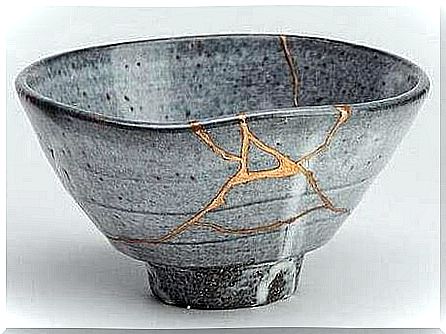
How to use the kintsukuroi technique to repair your broken porcelain
Surely, at this point, you will have been fascinated by the kintsukuroi technique . If you feel like it, if you like it and if you want to try some cups or plates that, at a certain moment, are broken or will break, we advise you to use this technique which, in reality, is much simpler than you think. .
What you need
- Glue for ceramics
- Synthetic gold powder (you can even use gold glitter)
- The broken pieces of pottery
- An awl
- A spatula
How you do it
Start by mixing the ceramic glue with the synthetic gold powder. You can prepare this mix on a piece of cardboard or in a special container.
- The quantities always depend on the size of the pieces to be repaired and put together.
- With the help of a stake or spatula, apply this mixture to the broken edges of the ceramic. Then, put the pieces back together and apply light pressure for a few moments.
- You will see that the golden line will cover the crack, that wound that has helped to create a much more beautiful and unique object at the same time.
Finally, just leave the object to dry for a few hours and it will be ready.
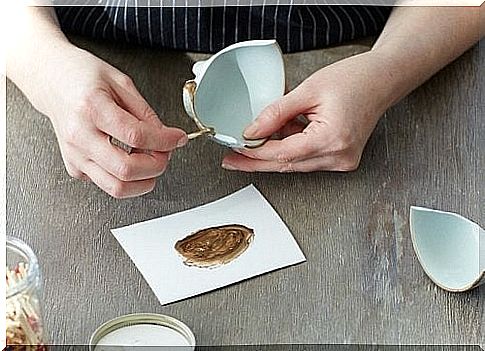
Beauty lies in the story that the object tells, not in the object itself
The kintsukuroi technique for ceramics can also be applied to our life. Resilience is that psychological faculty that acts almost as if it were the golden mixture that puts together our broken fragments, which pushes us to close the wounds and also to learn from them.
Far from having to be ashamed of the mistakes made, the failures or the dreams that have vanished, we must be able to see the beauty in that line of life that, in a certain way, has led us to be the person we are today, a person more mature. A wiser being who has learned to “shine” from adversity.
The broken ceramic that has been repaired with kintsukuroi also has an incredible property: it is stronger, the cups and plates are more resistant and they do not break as easily.
Likewise, people who understand and use resilience and who have also repaired their wounds with gold are no longer as fragile as they used to be. It is a concept that, without a doubt, we all end up learning over time.


